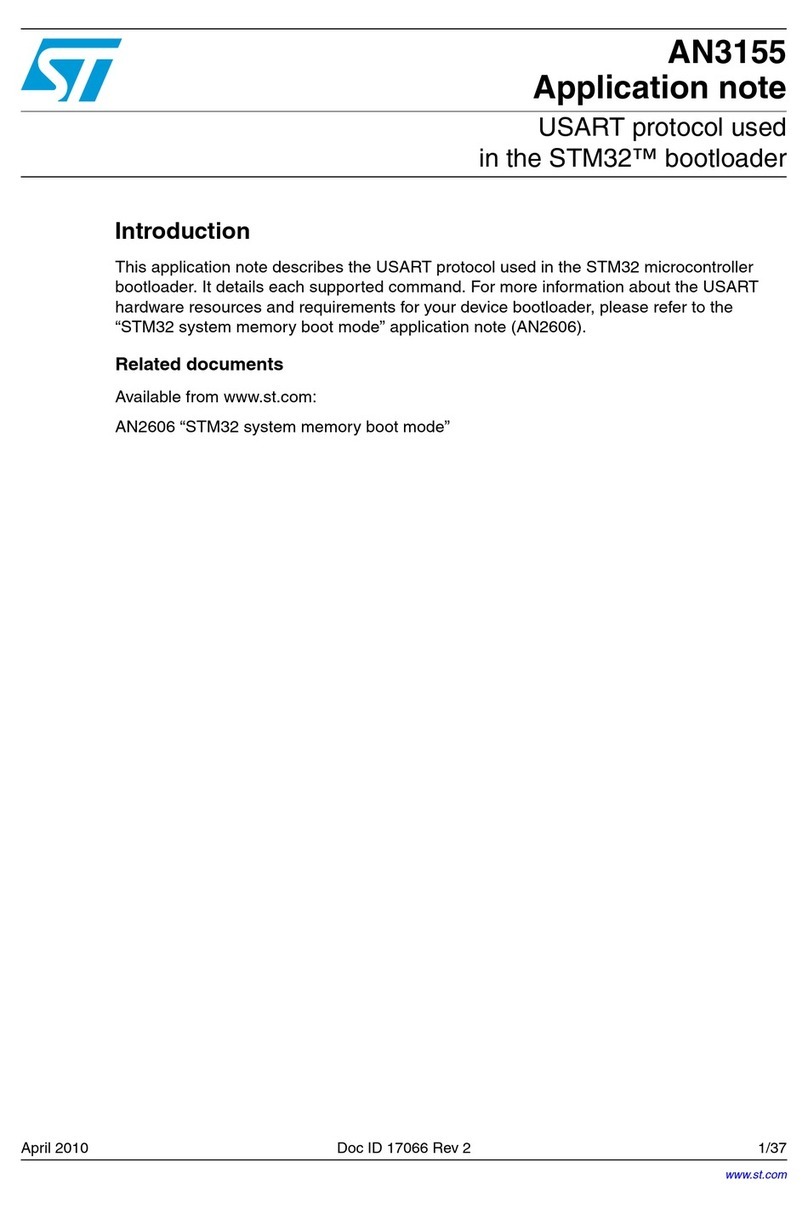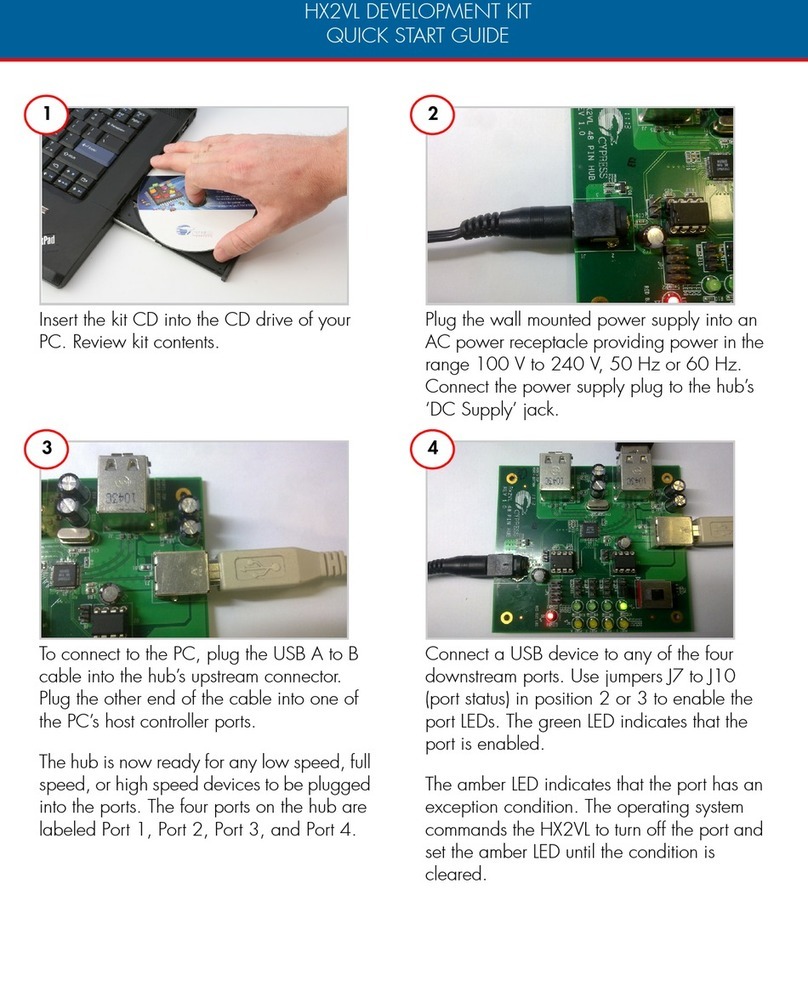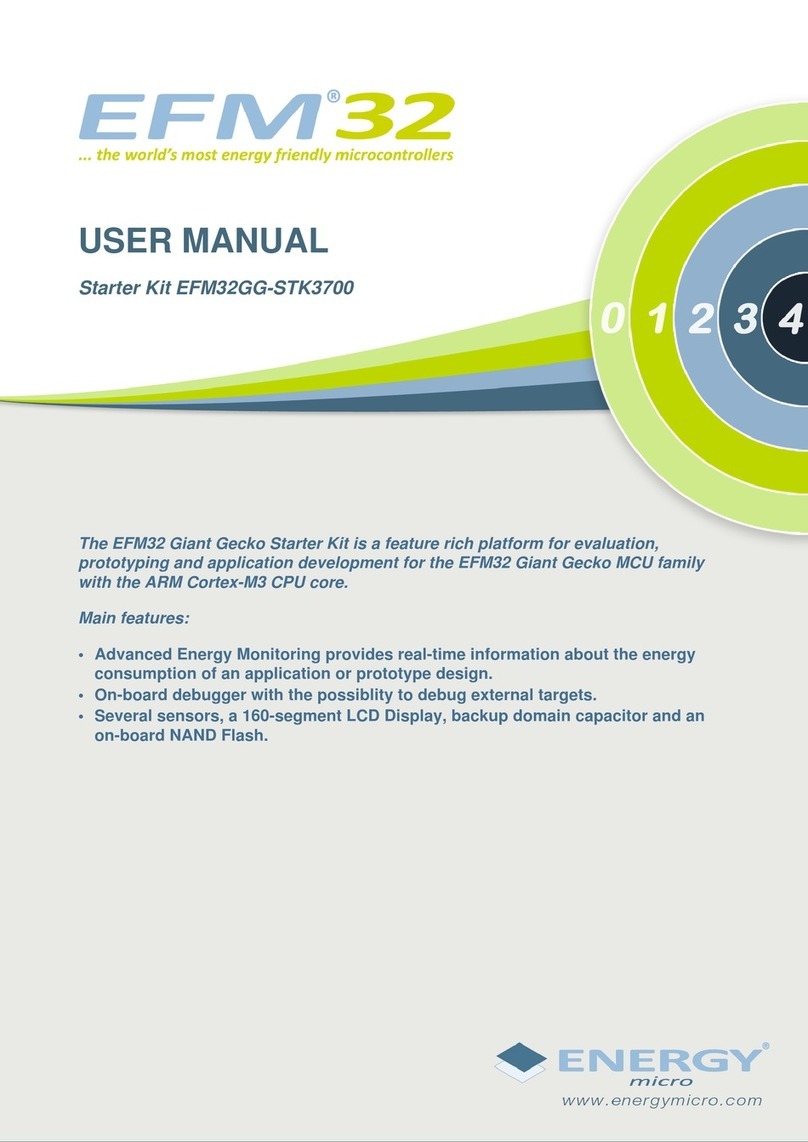ST STM32F10 Series Installation and operating instructions
Other ST Microcontroller manuals
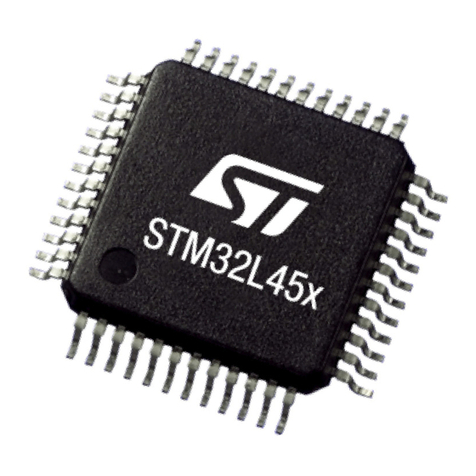
ST
ST STM32L4 Series User manual
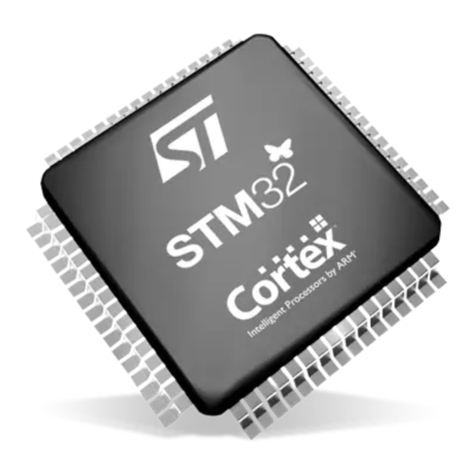
ST
ST STM32 Nucleo Installation and operating instructions
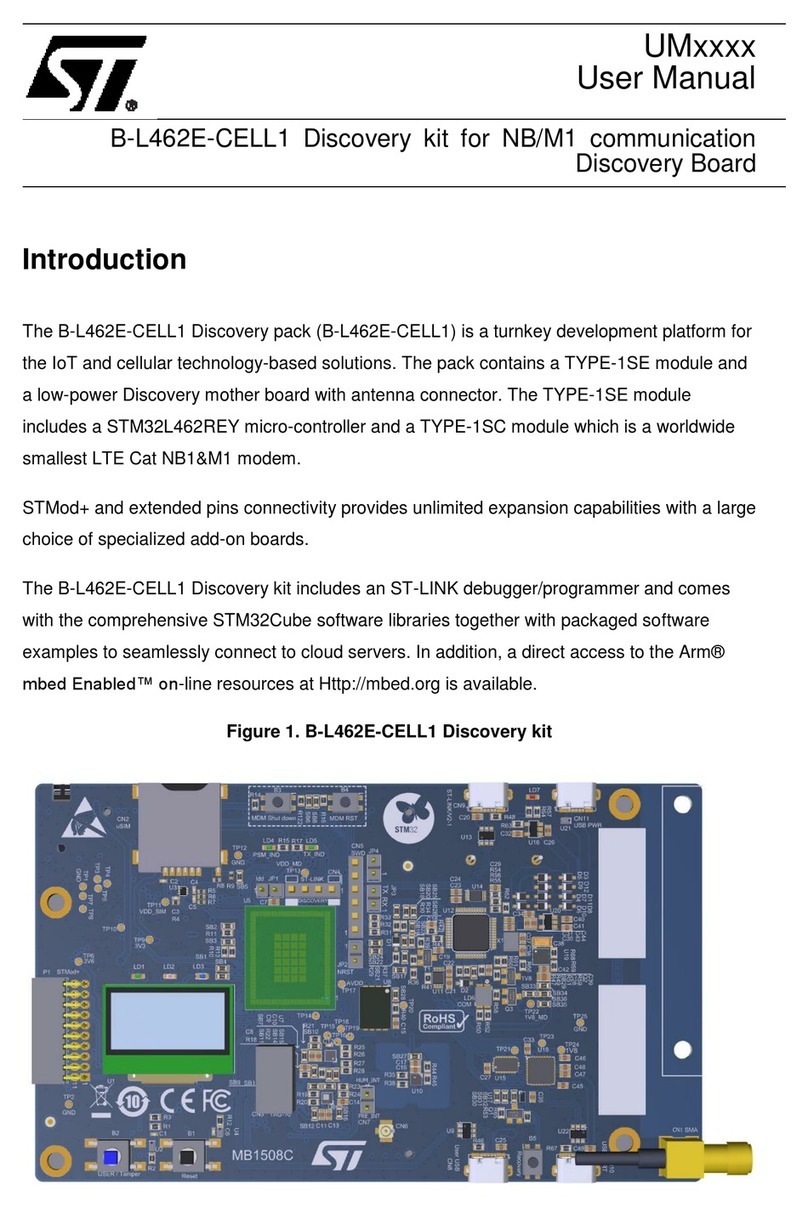
ST
ST B-L462E-CELL1 User manual
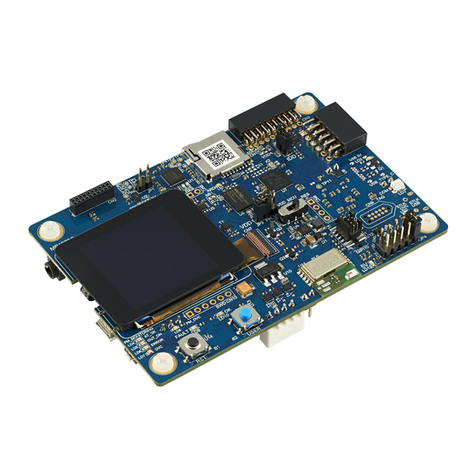
ST
ST STM32L562E-DK User manual
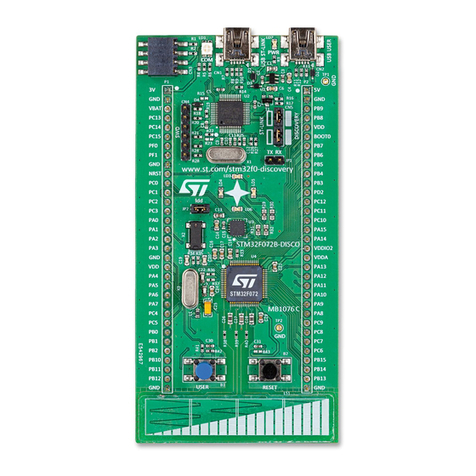
ST
ST STM32F072 User manual
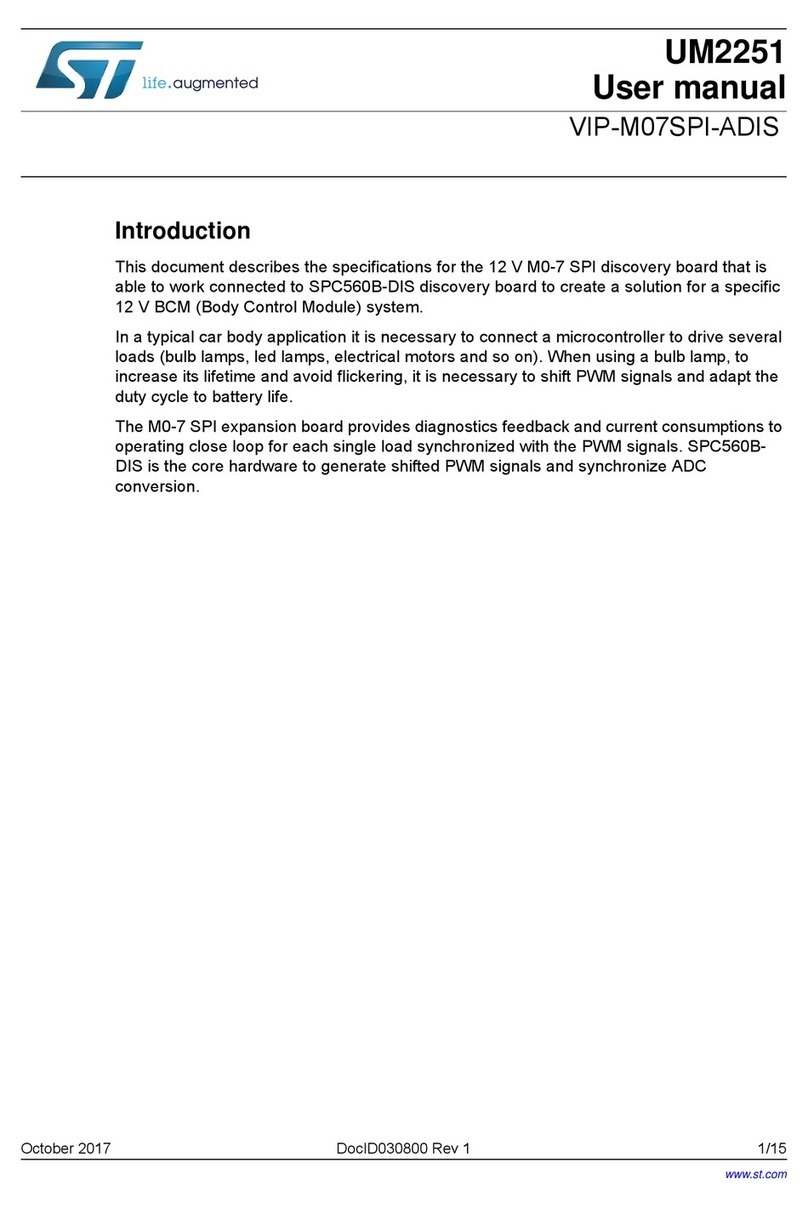
ST
ST VIP-M07SPI-ADIS User manual

ST
ST STM32L4x6 User manual

ST
ST STM32H745I-DISCO User manual
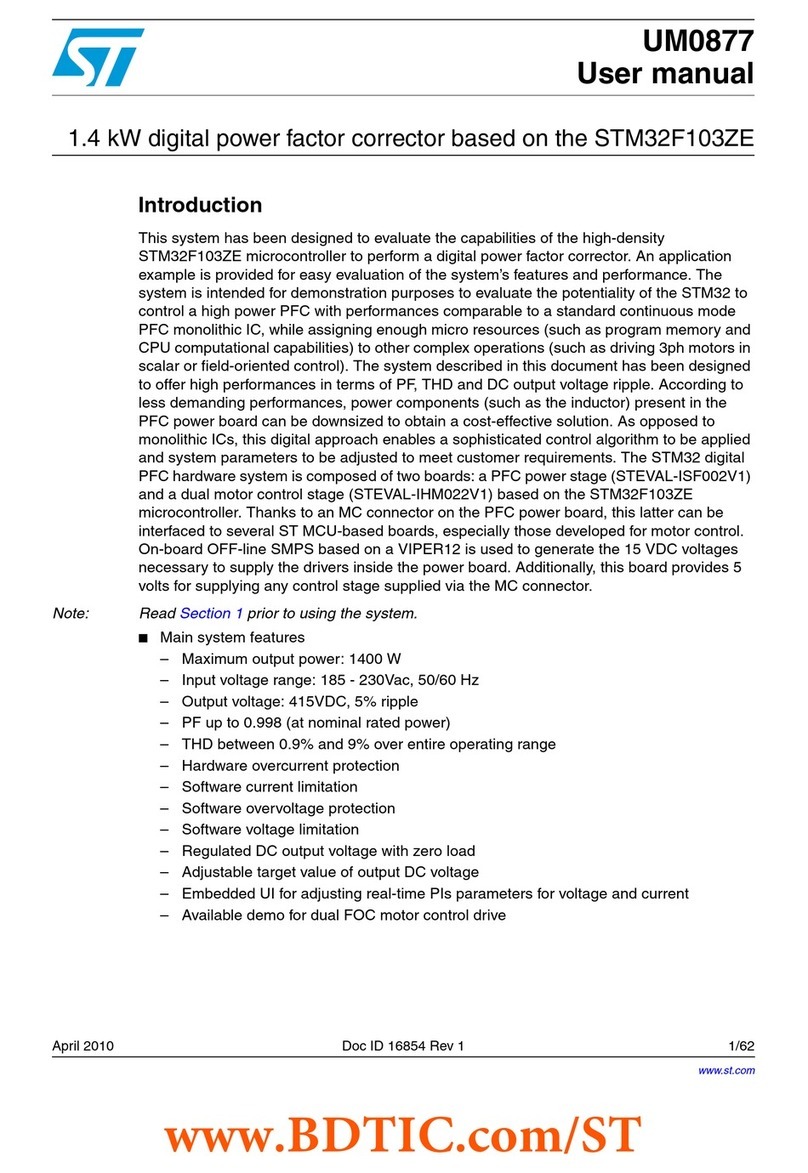
ST
ST STM32F103ZE User manual
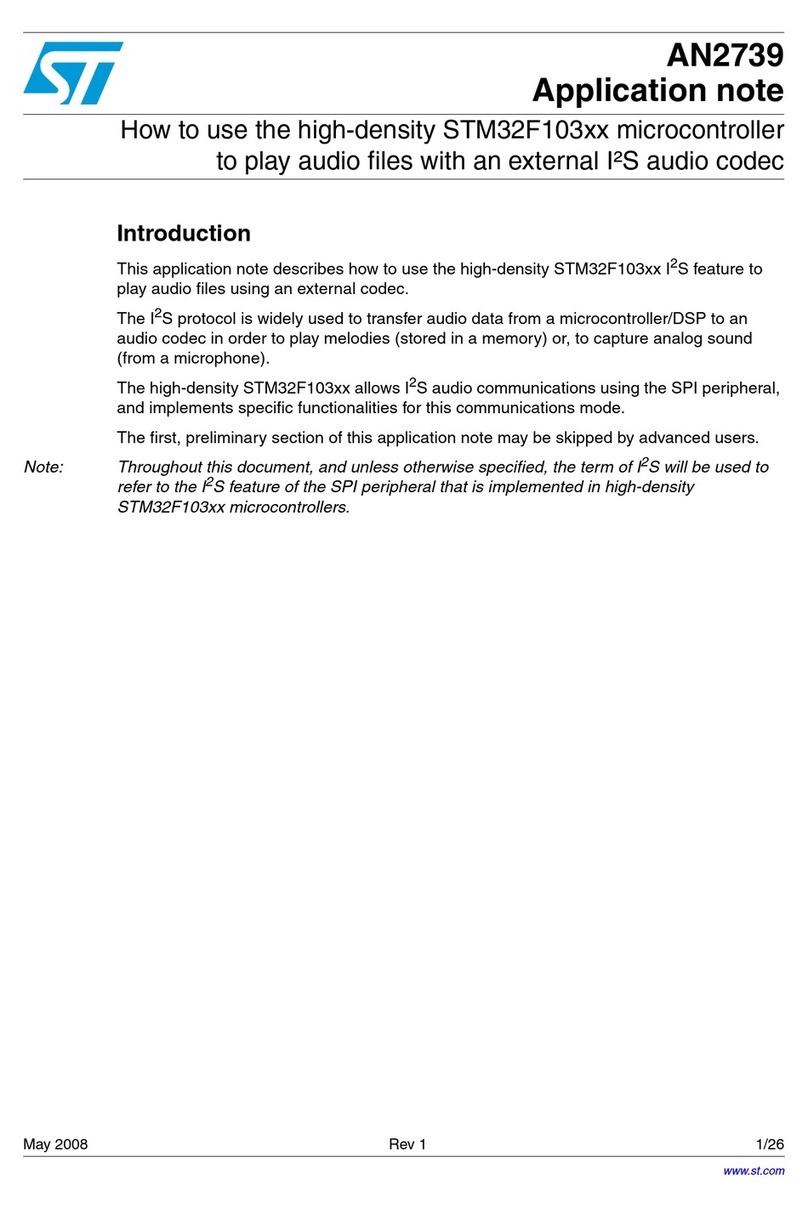
ST
ST STM32F103 series Installation and operating instructions

ST
ST ST7260 Series User manual
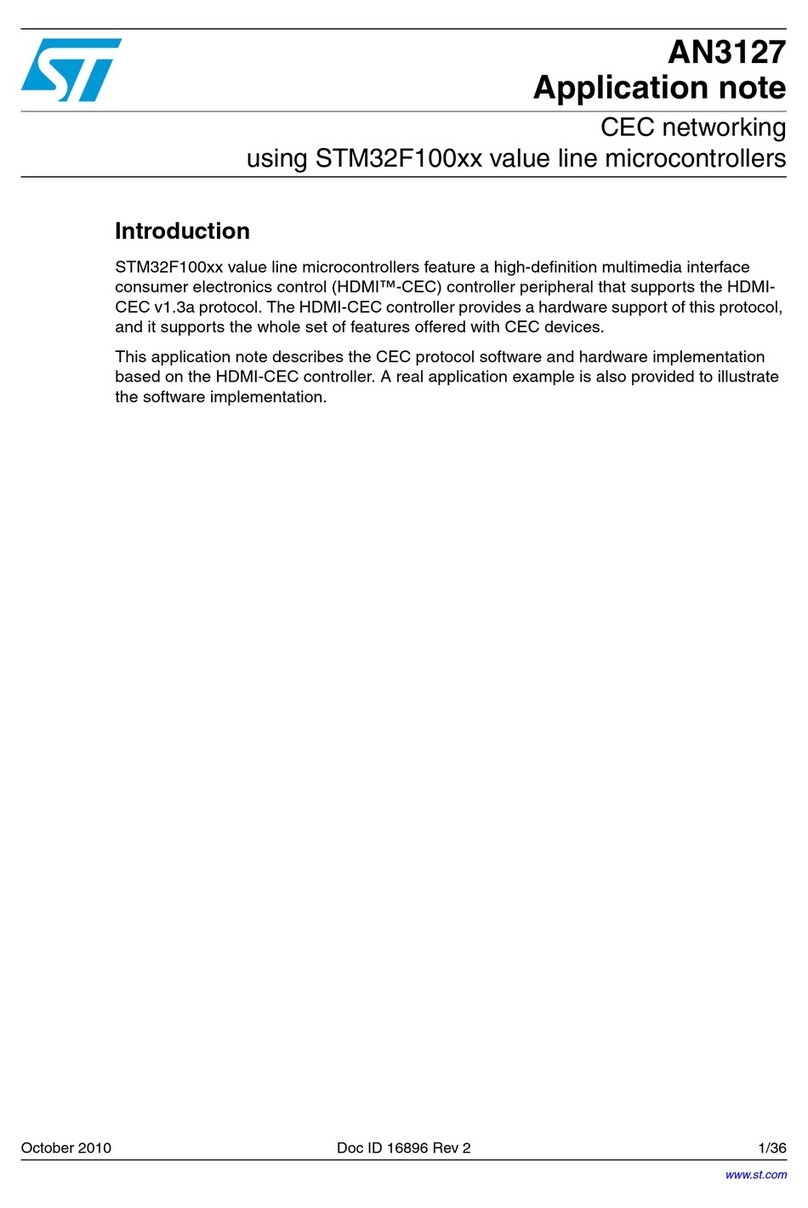
ST
ST STM32F100 Series Installation and operating instructions

ST
ST STM32 Nucleo Installation and operating instructions
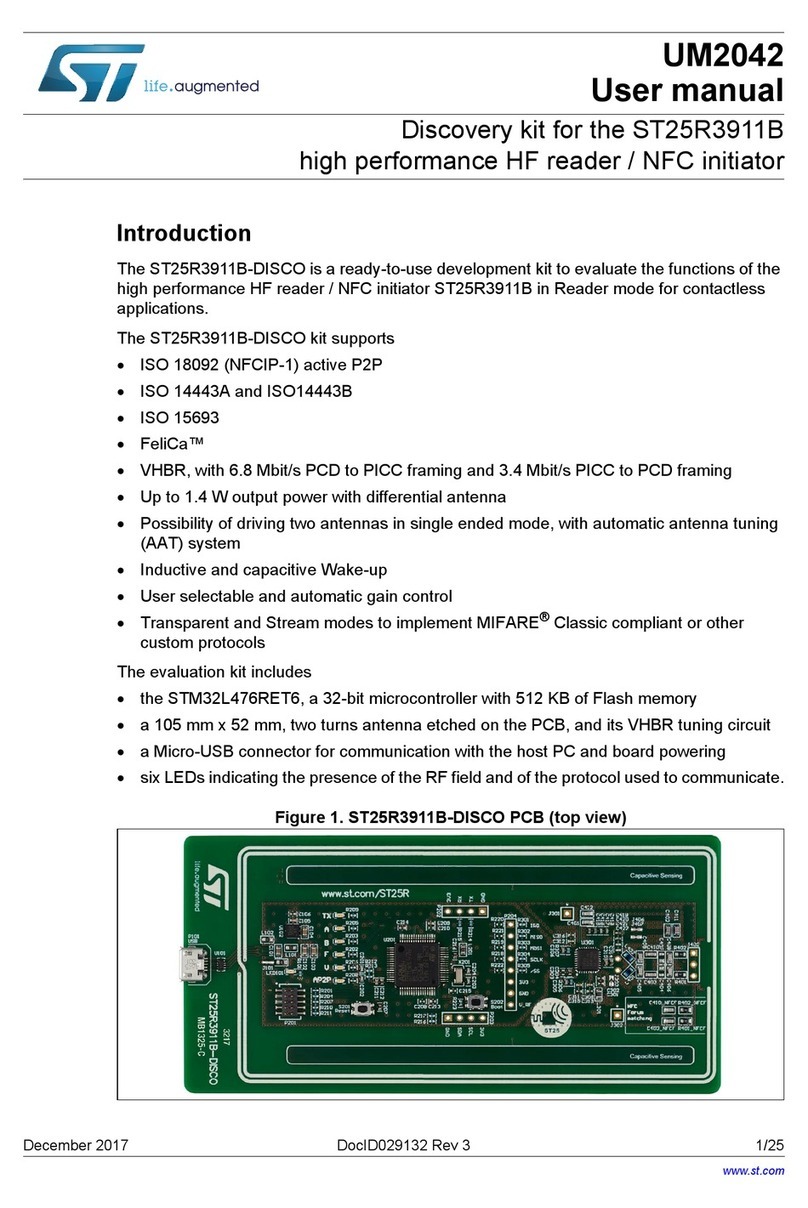
ST
ST ST25R3911B User manual
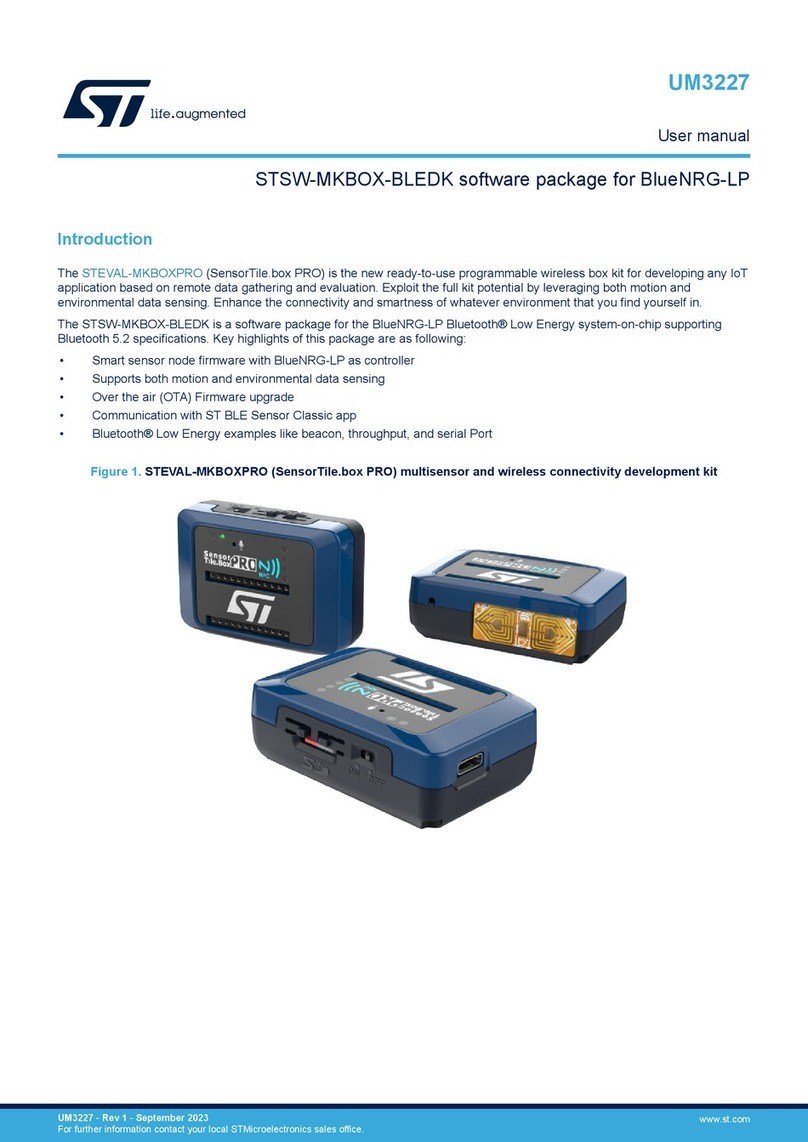
ST
ST STEVAL-MKBOXPRO User manual
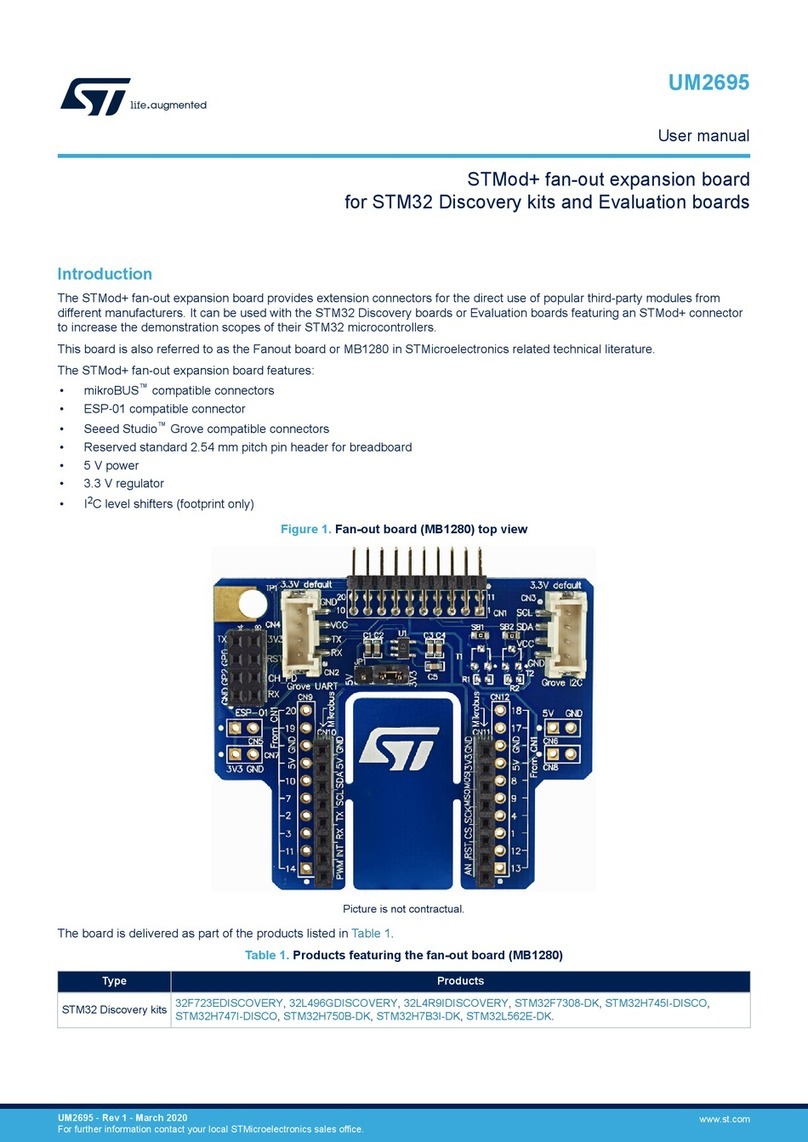
ST
ST STMod+ User manual
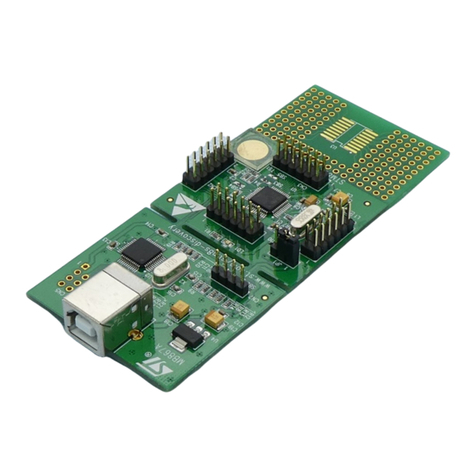
ST
ST STM8S User manual
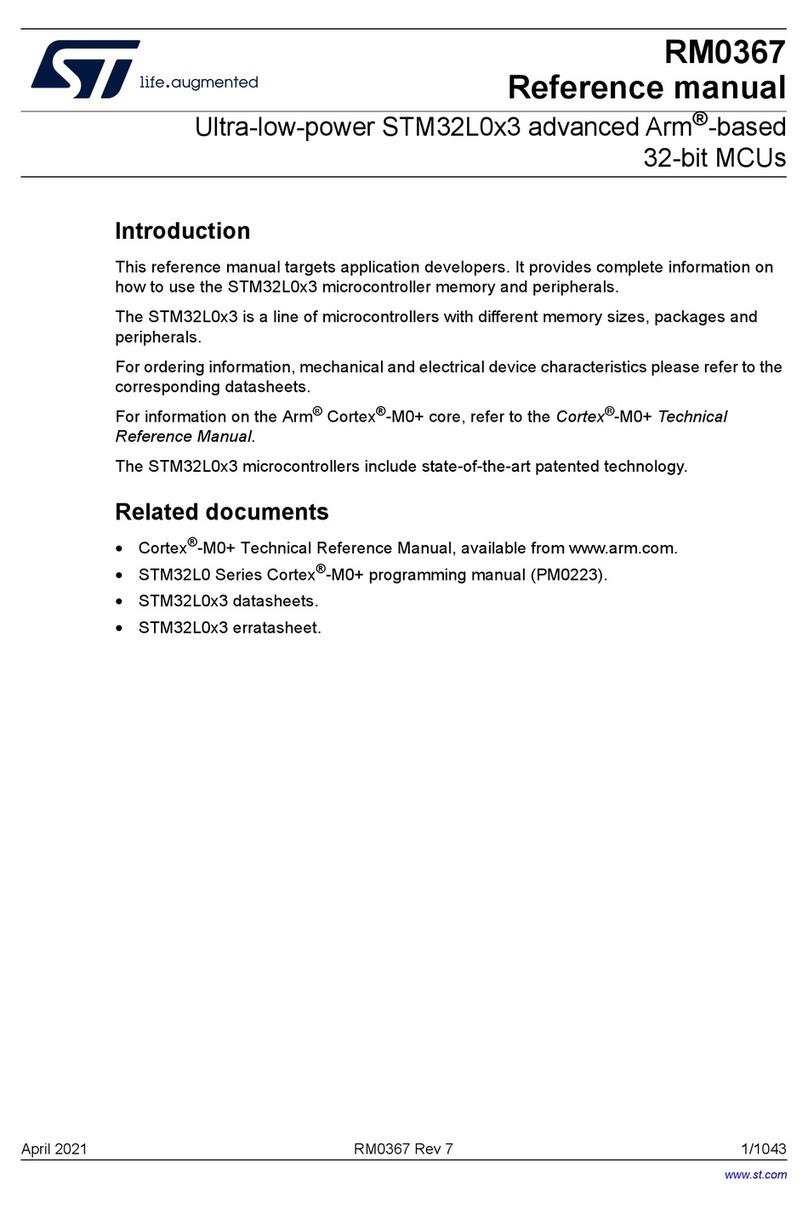
ST
ST STM32L0x3 User manual
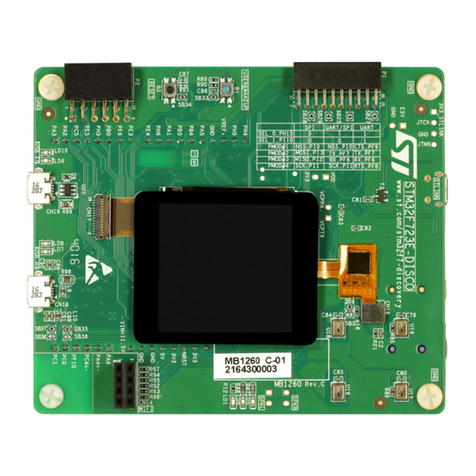
ST
ST UM2140 User manual
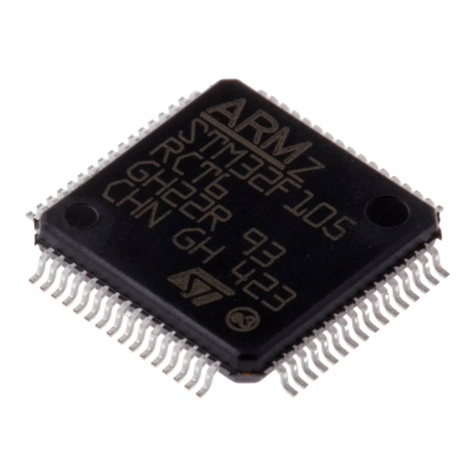
ST
ST STM32F105 series Installation and operating instructions
Popular Microcontroller manuals by other brands

Novatek
Novatek NT6861 manual
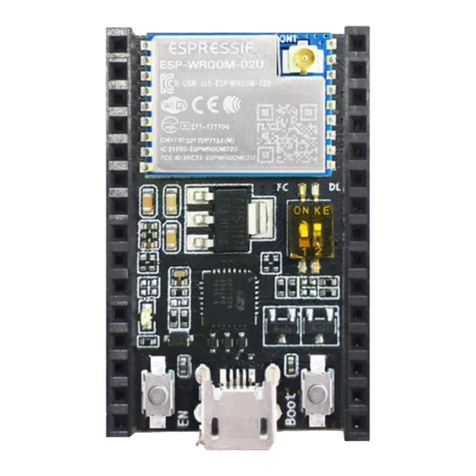
Espressif Systems
Espressif Systems ESP8266 SDK AT Instruction Set

Nuvoton
Nuvoton ISD61S00 ChipCorder Design guide

STMicrolectronics
STMicrolectronics ST7 Assembler Linker user manual

Texas Instruments
Texas Instruments Chipcon CC2420DK user manual

Lantronix
Lantronix Intrinsyc Open-Q 865XR SOM user guide


